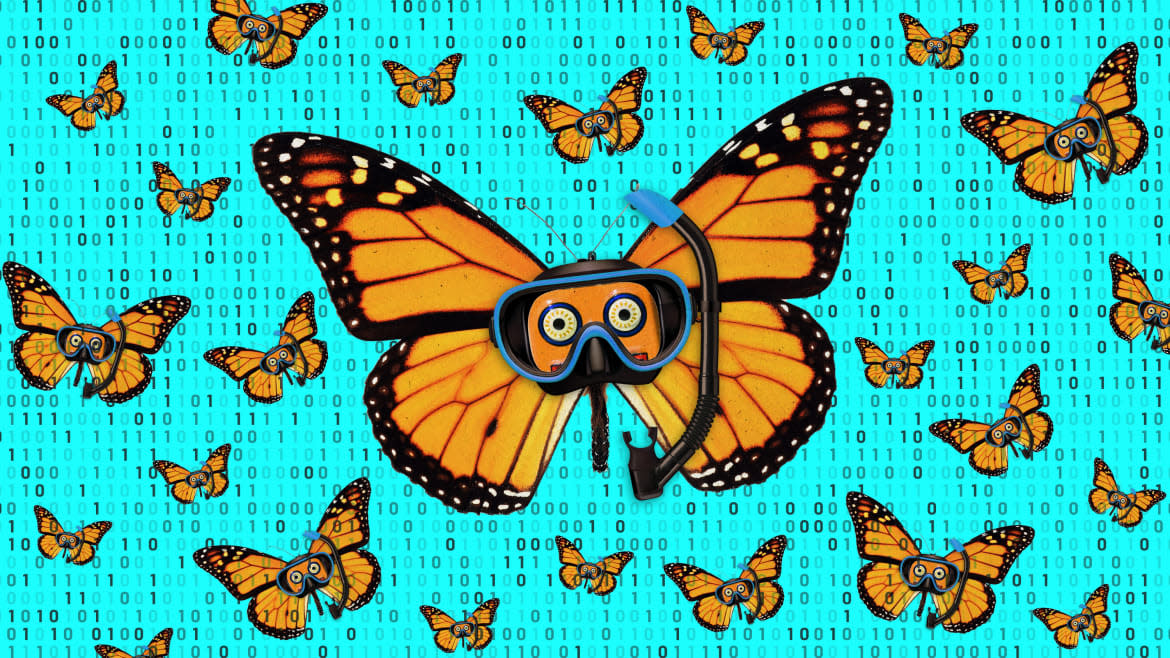This Robot Floats Like a Butterfly to Swim Through the Sea

Researchers have developed a new type of robot inspired by a manta ray—and it can probably swim a whole lot better than you can.
In a study published on Nov. 18 in the journal Science Advances, the device was built by North Carolina State University engineers and is capable of performing a butterfly stroke-like motion. This allows it to swim much faster and more efficiently, much like a manta ray does in the ocean.
It’s all a part of the burgeoning field of soft robotics, which are robots made of flexible materials to give them the ability to move and adapt to different environments. While it isn’t the first swimming soft robot, the butterfly bot from the N.C. State researchers is actually four times faster than its previous swimming counterparts.
“We wanted to draw on the biomechanics of these animals to see if we could develop faster, more energy-efficient soft robots,” Jie Yin, co-author of the paper and mechanical engineer at N.C. State, said in a statement. “The prototypes we’ve developed work exceptionally well.”
The butterfly bots have two “wings” made of metal that work much like a hair clip does by bending and snapping into place. They’re attached to a silicone body with chambers that fill with air to control the wings. They’re then inflated or deflated in order to bend the wings up and down.
Like Tony Stark with his Iron Man suits, the study’s authors developed multiple different bots for different purposes. One was focused on speed, clocking in at an average of 3.74 body lengths a second. Another was engineered for agility and the ability to make sharp turns.
Can a Future Fleet of Robotic Fish Clean Up the Ocean?
Despite its promise, Yin adds that there’s still plenty of work to be done as the design still “has limitations.” For one, the butterfly bots are still tethered, which means they need to be attached to a pump to get air into their bodies. However, they’re “currently working to develop an untethered, autonomous version,” Yin said.
While building a fast, swimming soft robot is cool in its own right, there are plenty of actual real-world applications for the butterfly bot. For one, it can be used in marine life observations that are currently hindered by big, loud underwater drones that can disturb sea creatures. It could also be used to quickly assess ocean infrastructure like pipes or bridges as well.
There’s also potential for soft robots to help clean up the oceans of oil spills and trash as well—though we’re still a long way from swarms of butterfly bots doing our bidding.
Got a tip? Send it to The Daily Beast here
Get the Daily Beast's biggest scoops and scandals delivered right to your inbox. Sign up now.
Stay informed and gain unlimited access to the Daily Beast's unmatched reporting. Subscribe now.

